10 Best Herbal Juices For Fungal Infection
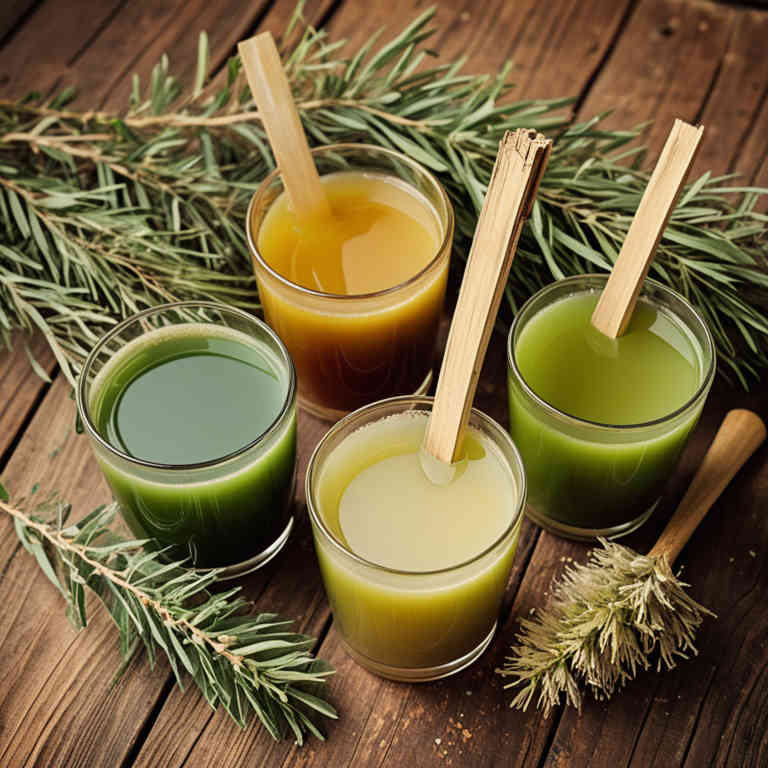
Herbal juices have gained popularity as natural remedies for fungal infections due to their antifungal properties.
Certain herbs such as garlic, turmeric, neem, and ginger are commonly used in herbal juices to combat fungal growth. These juices can help reduce inflammation and support the body's immune response against infections. However, while they may offer some relief, they should not replace conventional medical treatments.
It is important to consult a healthcare professional before relying solely on herbal juices for persistent or severe fungal infections.
FREE Herb Drying Checklist
How to make sure every batch retains maximum flavor, color, and aroma without the risk of mold or over-drying. Eliminate guesswork and trial-and-error, making herb drying faster, easier, and more efficient every time.
Table of Contents
1. Aloe barbadensis

Aloe barbadensis, commonly known as aloe vera, has been widely recognized for its potential benefits in treating fungal infections due to its anti-inflammatory, antimicrobial, and healing properties.
The gel extracted from the plant contains a variety of bioactive compounds, including polysaccharides, enzymes, and antioxidants, which may help inhibit the growth of fungi such as Candida and dermatophytes. When used as a herbal juice, aloe vera can be applied topically to affected skin areas to reduce symptoms like redness, itching, and inflammation associated with fungal infections. Some studies suggest that the presence of acemannan, a key component of aloe vera, may enhance the immune response and promote skin regeneration.
However, while preliminary research is promising, more clinical trials are needed to fully establish its efficacy as a standalone treatment for fungal infections.
2. Echinacea purpurea
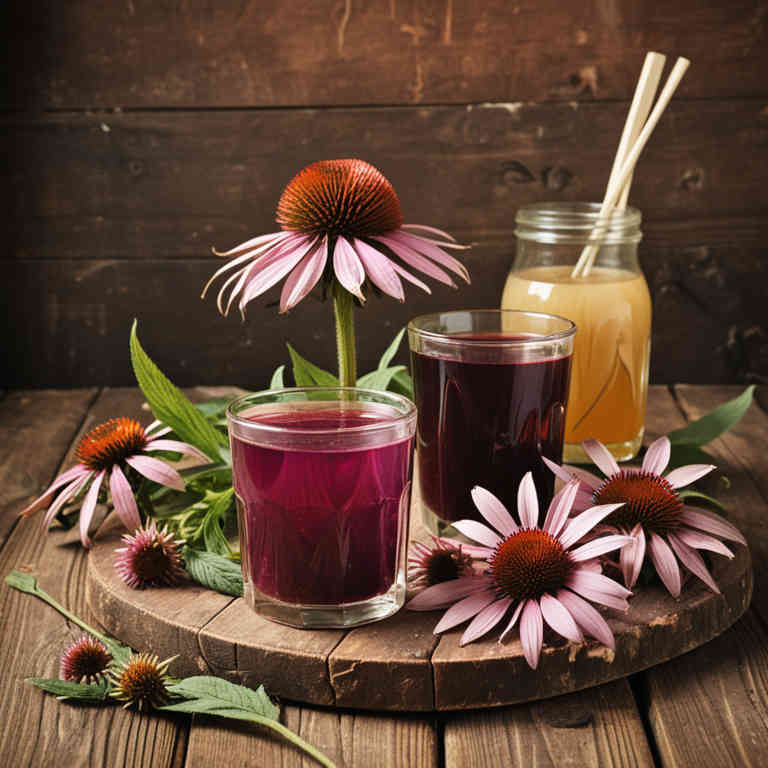
Echinacea purpurea, commonly known as purple coneflower, is a popular herbal remedy often used to support immune function and combat infections.
While it is traditionally used for colds and respiratory ailments, some studies suggest it may have antimicrobial properties that could help in managing fungal infections. Echinacea contains compounds like alkamides, caffeic acid derivatives, and polysaccharides, which may contribute to its potential antifungal effects. Herbal juices made from Echinacea purpurea are sometimes consumed to harness these properties, though more research is needed to confirm their efficacy against specific fungal pathogens.
As with any herbal remedy, it is important to consult a healthcare professional before using Echinacea for fungal infections, especially if you are on other medications or have underlying health conditions.
3. Curcuma longa

Curcuma longa, commonly known as turmeric, contains curcumin, a potent compound with strong anti-fungal properties.
Studies suggest that curcumin can inhibit the growth of various fungi by disrupting their cell membranes and reducing oxidative stress. Herbal juices made from turmeric can be a natural and effective alternative for managing fungal infections, especially in the skin and nails. These juices are often combined with other anti-fungal herbs like garlic or ginger to enhance their efficacy.
However, it is important to consult a healthcare professional before using turmeric-based remedies, as they may interact with certain medications or conditions.
4. Cinnamomum verum
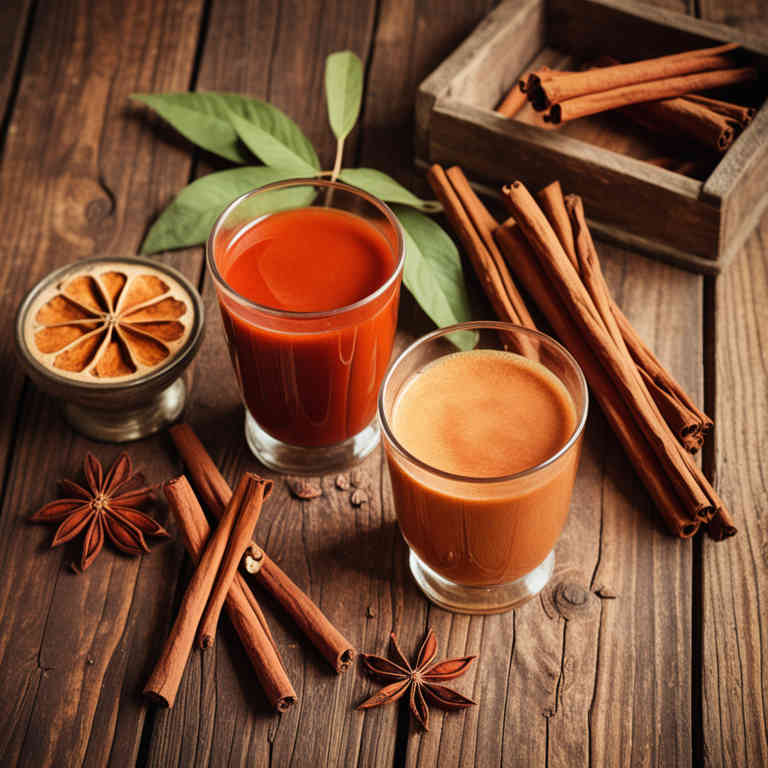
Cinnamomum verum, commonly known as true cinnamon, contains essential oils and phytochemicals that exhibit antifungal properties, making it a potential natural remedy for fungal infections.
The active compounds, such as cinnamaldehyde and eugenol, have been shown to inhibit the growth of various fungal species, including Candida and dermatophytes. Herbal juices made from cinnamon can be consumed internally to support the body's immune response against fungal infections or applied topically to affected skin areas. However, it is important to consult a healthcare professional before using cinnamon-based remedies, as they may interact with certain medications or cause allergic reactions.
While cinnamon may offer supportive benefits, it should not replace conventional antifungal treatments without medical guidance.
5. Ginkgo biloba
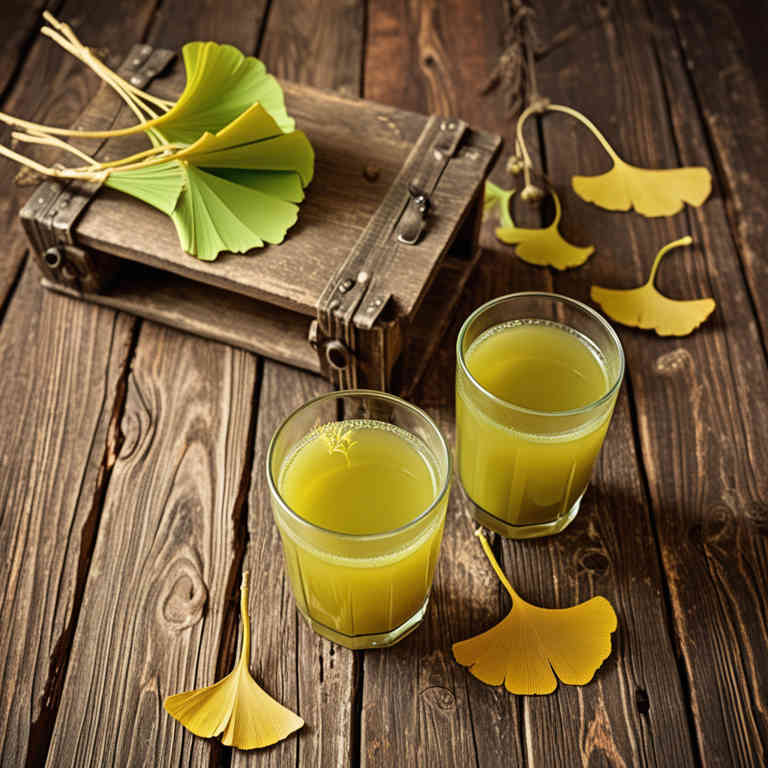
Ginkgo biloba, an ancient tree known for its medicinal properties, has been explored for its potential benefits in supporting immune function and reducing inflammation, which may indirectly aid in managing fungal infections.
While there is limited scientific evidence directly linking ginkgo biloba herbal juices to the treatment of fungal infections, some studies suggest that its bioactive compounds, such as flavonoids and terpene lactones, may have antifungal properties. Herbal juices made from ginkgo biloba are often consumed for their purported cognitive and circulatory benefits, but their role in combating specific fungal pathogens remains under-researched. It is important to note that ginkgo biloba should not replace conventional antifungal treatments without consulting a healthcare professional.
As with any herbal remedy, individual responses may vary, and potential interactions with medications should be carefully considered.
6. Zingiber officinale

Zingiber officinale, commonly known as ginger, has been traditionally used for its antimicrobial properties, making it a potential natural remedy for fungal infections.
The active compounds in ginger, such as gingerol and zingerone, exhibit antifungal effects by disrupting the cell membrane of fungi and inhibiting their growth. Herbal juices made from fresh ginger root can be consumed internally to support the body's immune response against fungal infections. These juices may also be applied topically to affected areas to reduce inflammation and promote healing.
While ginger is generally safe, it is advisable to consult a healthcare professional before using it as a treatment for persistent or severe fungal infections.
7. Hypericum perforatum

Hypericum perforatum, commonly known as St. John's Wort, has been traditionally used for its potential antifungal properties, and its herbal juices are believed to support the body's natural defenses against fungal infections.
The active compounds in Hypericum perforatum, such as hypericin and hyperforin, may inhibit the growth of certain fungi by disrupting their cellular processes. While some preliminary studies suggest its efficacy, more research is needed to confirm its role in treating specific fungal infections. Herbal juices made from Hypericum perforatum are often used as complementary therapies alongside conventional antifungal treatments.
However, it is important to consult a healthcare professional before using St. John's Wort, as it can interact with various medications.
8. Urtica dioica

Urtica dioica, commonly known as stinging nettle, has been traditionally used for its medicinal properties, including its potential benefits in treating fungal infections.
The leaves and roots of this plant contain compounds such as flavonoids, tannins, and alkaloids, which may have antifungal and anti-inflammatory effects. Herbal juices made from Urtica dioica can be consumed internally to support the body's natural defenses against fungal pathogens. Some studies suggest that nettle extracts may inhibit the growth of certain fungi by disrupting their cell membranes.
However, while preliminary research is promising, more clinical studies are needed to fully understand its efficacy and safety for treating fungal infections.
9. Cnicus benedictus

Cnicus benedictus, commonly known as St. Benedict's thistle, has been traditionally used in herbal medicine for its potential antifungal properties.
Extracts from this plant contain compounds that may inhibit the growth of various fungal species, making it a promising natural remedy for fungal infections. Herbal juices made from Cnicus benedictus are believed to support immune function and promote skin health, aiding in the recovery from conditions like athlete's foot or ringworm. While more scientific research is needed to confirm its efficacy, many holistic practitioners recommend it as a complementary treatment.
Users should consult with a healthcare professional before incorporating Cnicus benedictus juice into their regimen to ensure safety and proper usage.
10. Silybum marianum
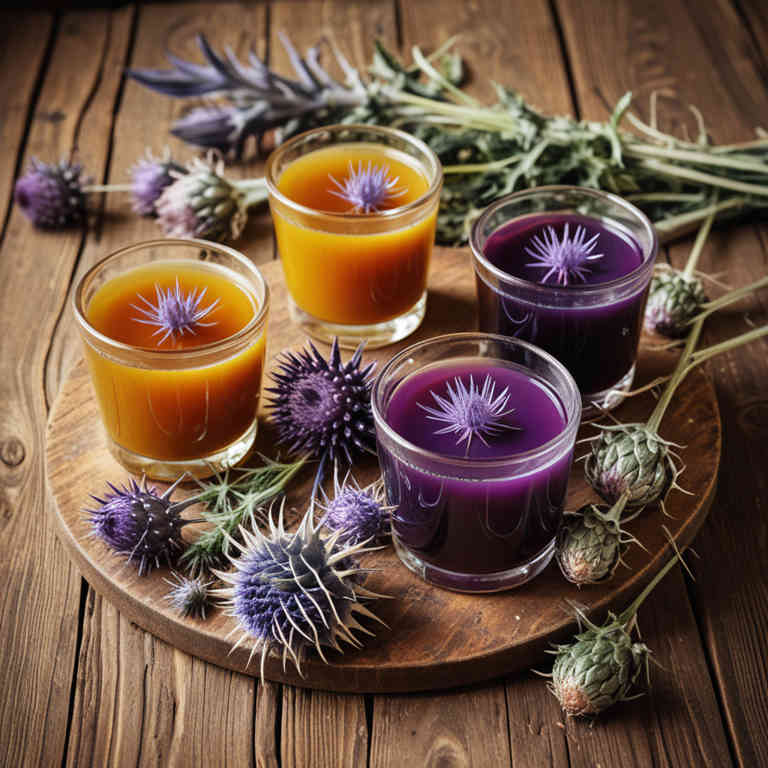
Silybum marianum, also known as milk thistle, is a herbal plant that has been traditionally used for its potential health benefits, including its anti-fungal properties.
The active compound in milk thistle, silymarin, is believed to inhibit the growth of certain fungal species by disrupting their cellular processes. Some studies suggest that silybum marianum herbal juices may help in managing fungal infections due to their antioxidant and anti-inflammatory effects. However, more clinical research is needed to fully understand its efficacy and safety for treating fungal infections.
It is often used as a complementary therapy alongside conventional antifungal treatments under medical supervision.